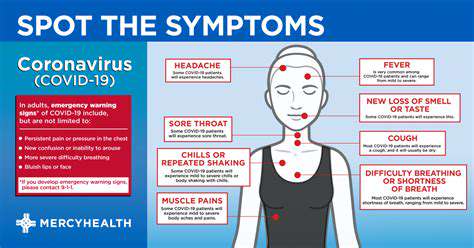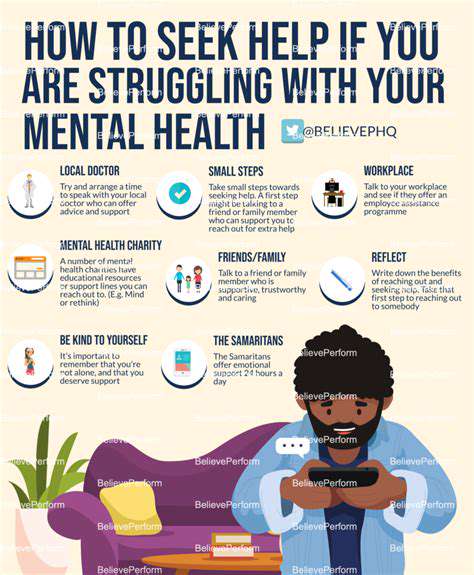Common Causes of Head Pain Behind the Eyes
1. Sinusitis and Its Impact on Eye Pain
Sinusitis is one of the most common causes of head pain behind the eyes. This condition occurs when the sinuses become inflamed, usually due to an infection. The inflammation can lead to pressure and pain that radiates to the eyes.
Symptoms of sinusitis often include nasal congestion, facial swelling, and headaches, particularly around the forehead and behind the eyes. These symptoms can be debilitating, making it difficult for individuals to go about their daily activities.
Treatment typically involves decongestants or nasal sprays to reduce inflammation. In some cases, antibiotics may be necessary if the sinusitis is caused by a bacterial infection.
It's important to note that chronic sinusitis can contribute to recurrent head pain. Therefore, effective management of sinus health is crucial in preventing future episodes.
Patients experiencing consistent, severe pain behind the eyes should consult a healthcare professional to explore potential sinusitis as a contributing factor.
2. Migraines and Their Effects on Head Pain
Migraine headaches are a well-known cause of pain localized behind the eyes. These intense headaches are often accompanied by additional symptoms like nausea, vomiting, and sensitivity to light and sound.
The pain from a migraine can be debilitating, often described as a throbbing sensation. Many individuals find relief in a dark, quiet room.
Migraine triggers vary widely from person to person and can include dietary factors, stress, hormonal changes, and environmental influences. Keeping a headache diary can help identify patterns in triggers.
Treatment options range from over-the-counter pain relief medications to prescription drugs specifically designed for migraines. Preventive medications may also be effective for those who experience frequent migraines.
Understanding the links between migraines and head pain behind the eyes can lead to more effective management strategies for those affected.
3. Eye Strain and Its Role in Head Pain
In our increasingly digital world, eye strain has become a common issue, often leading to pain behind the eyes. Extended screen time can cause discomfort, particularly when proper eye care is neglected.
Symptoms of eye strain include dryness, irritation, and a feeling of heaviness behind the eyes. This condition can also result in headaches, particularly after prolonged periods of reading or using a computer.
To alleviate eye strain, the 20-20-20 rule is often recommended: every 20 minutes, take a 20-second break to look at something 20 feet away. This simple practice helps reduce discomfort and fatigue.
Additionally, ensuring proper lighting and ergonomics while using screens can greatly minimize the risk of developing eye strain. Regular eye exams are also essential for maintaining good vision and ensuring that any correction needed (like glasses or contacts) is up to date.
Over time, neglecting eye health can lead to more severe issues, so it's vital to adopt good habits to protect your eyesight.
4. Tension Headaches and Their Symptoms
Tension headaches are another prevalent cause of pain behind the eyes, often resulting from stress, anxiety, or muscle tension. These headaches typically present as a constant dull ache rather than a throbbing sensation.
The pain can extend to the neck and shoulders, exacerbating discomfort. People experiencing tension headaches often describe the sensation as a tight band around the head.
Stress management techniques, such as mindfulness, yoga, or regular physical activity, can be beneficial in reducing the frequency of tension headaches. Adequate hydration and sleep are also important to mitigate tension.
Over-the-counter pain relievers can provide temporary relief, but for chronic issues, it may help to seek advice from a healthcare professional who can recommend effective long-term strategies.
A holistic approach that includes both physical and emotional well-being can significantly improve management of tension headaches.
5. Other Potential Medical Conditions
Numerous other medical conditions can contribute to head pain behind the eyes, including conditions like cluster headaches, glaucoma, and even neurological disorders. Each condition presents unique symptoms and challenges in diagnosis.
Cluster headaches are characterized by severe, unilateral pain that occurs in cycles. They may cause tearing or nasal congestion on the affected side, making them distinct from other headache types.
Glaucoma, a serious eye condition, can lead to increased intraocular pressure, resulting in pain not just behind the eyes but also in the eyes themselves. Early detection is crucial to prevent irreversible vision loss.
Neurological disorders, such as multiple sclerosis, can also present with symptoms of head pain behind the eyes, typically accompanied by other neurological signs like vision changes or coordination difficulties.
Consulting with a healthcare provider is essential for a comprehensive evaluation if pain behind the eyes persists, as early diagnosis and treatment can significantly alter outcomes.
Symptoms to Monitor

Common Symptoms of Head Pain Behind the Eyes
Individuals experiencing head pain behind the eyes often report a variety of other symptoms. These symptoms can range from mild discomfort to severe pain, impacting daily activities.
Some common accompanying sensations include throbbing or pulsing pain, sensitivity to light, and even visual disturbances. It's crucial to recognize these symptoms early for effective intervention.
When to Seek Medical Attention
While head pain behind the eyes can be caused by minor issues, there are scenarios that necessitate immediate medical attention. If the pain is persistent or worsens over time, it may indicate a more serious underlying condition.
Additionally, if the pain is accompanied by symptoms such as nausea, vomiting, or significant changes in vision, seeking a healthcare professional is essential. Early diagnosis can lead to better outcomes in treatment.
Possible Triggers and Aggravators
Several factors can trigger or exacerbate head pain behind the eyes. These may include tension, stress, and prolonged screen time which can lead to digital eye strain.
Environmental factors like bright lights, strong odors, and allergies can also play a role. Identifying these triggers is important for effective management and prevention of future episodes.
Home Remedies and Self-Care Strategies
Implementing some home remedies can provide relief for those suffering from head pain behind the eyes. Resting in a dark, quiet room can help reduce sensitivity to light and noise, allowing for recovery.
Other effective strategies include practicing relaxation techniques, such as deep breathing or meditation, to minimize stress, which can be a significant contributor to pain. Staying hydrated and managing caffeine intake may also assist in alleviating symptoms.
Long-Term Management Options
For chronic head pain behind the eyes, long-term management strategies should be considered. Keeping a headache diary can help track triggers and symptoms over time, offering insight into patterns that may develop.
Consulting with a healthcare provider about preventative medications or therapies, such as physical therapy or cognitive behavioral therapy, can also be beneficial. Taking a proactive approach is key to improving quality of life.
Potential Solutions and When to Seek Help

Effective Home Remedies for Relief
When it comes to alleviating head pain behind the eyes, many people turn to home remedies as a first line of defense. Simple techniques such as applying a cold or warm compress can often provide the necessary relief. Using a cold pack can reduce inflammation, while a warm compress may help to relax tense muscles.
Additionally, staying hydrated is crucial. Drinking plenty of water throughout the day can help prevent dehydration, which is a common trigger for headaches and related pain. Consuming magnesium-rich foods, such as leafy greens and nuts, may also help in reducing the frequency of head pain.
Over-the-Counter and Prescription Medications
If home remedies fall short, over-the-counter medications like ibuprofen or acetaminophen can be effective in managing acute pain. These medications work by reducing inflammation and providing pain relief. However, it's important to follow the recommended dosage to avoid potential side effects.
For chronic conditions, a healthcare provider may prescribe specific medications tailored to the type of headache or underlying cause. These can include triptans for migraine relief or preventative medications for those who experience frequent episodes. It is essential to consult with a healthcare professional before starting any new medication regimen.
When to Consult a Healthcare Professional
Recognizing when to seek medical attention is critical for maintaining overall health. If head pain behind the eyes is accompanied by visual disturbances, severe nausea, or sudden changes in consciousness, it is important to seek immediate medical assistance. These could be signs of a more serious condition that requires prompt evaluation.
Additionally, if the headaches are persistent or progressively worsening despite treatment, it is advisable to discuss these symptoms with a healthcare provider. A thorough assessment may help identify any underlying conditions that require more specialized treatment. Early intervention can significantly improve quality of life and reduce the likelihood of chronic issues.